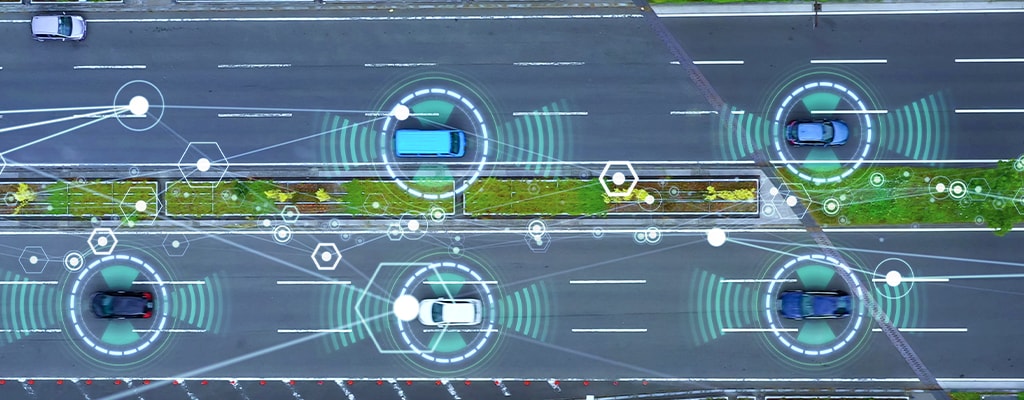A key component of engineering design trends, Insight, and design considerations
Download WhitepaperThe growing trend in electrification is presenting engineers with challenges from EMI. Government initiatives for alternatives to the internal combustion engine are driving a boost in the electrification of vehicles. By design, the electric vehicle represents a large amount of electrical content confined to a space. The battery in an electric vehicle is one potential source of EMI. The all-electric vehicle has electromagnetic fields between the two battery packs (traction and auxiliary), the DC/DC converter, and other system components. Other types of electric vehicles — hybrid electric, plug-in hybrid electric, and fuel cell electric — have an auxiliary battery, making them EMI susceptible as well. When considering EMI shielding for electric vehicles, the engineer must also keep in mind the heat and flammability associated with the battery. As with an increasing number of non-electric vehicles, electric vehicles may house navigation systems and safety applications, such as advanced driver assistance systems, that also rely on uninterrupted RF signals, representing additional areas for EMI.
Level of EMI Shielding
From a design engineering perspective, EMI shielding should be considered at all levels — from the enclosure to the module to the PCB. A Faraday cage, or a protective structure that prevents electromagnetic radiation from entering or exiting an area, is an important component in EMI shielding at these different levels.
Enclosure level
EMI shielding of enclosures at all levels involves a Faraday cage to attenuate signals from within the enclosure. This minimizes signals escaping and causing interference to other equipment within the environment and can prevent outside interference from penetrating the enclosure.
Module level
Module-level shielding is the shielding of active components, such as drives, displays, etc., within the electronics enclosure to protect those components from internal interference.
PCB level
Shielding at the PCB level consists of shielding of individual components, such as integrated circuits, with shielding cans, for example, making a small Faraday cage for those components.

Charging Solution

EV Charging
As the world continues to make the shift to e-mobility, there is an increasing demand for charging infrastructure, and it is becoming part of our daily life. Charging your car at home or at work requires standard Alternative Current (AC) home charging units and workplace charging units. AC charging units can be economically effective and can be installed with great flexibility. Direct Current (DC) charging stations can have a very quick charging rate as little as 30 minutes. The rapid, global growth of EVs requires the development of a charging infrastructure that is faster, safer, smaller and more flexible, which creates design challenges for engineers around the world.
ADAS System
ADAS data module

ADAS Camera

ADAS Radar

ADAS
Electromagnetic Interference (EMI) and Radio Frequency Interference (RFI) pose threats to electronic signal integrity and strength, leading to disruptions and suboptimal performance in sensitive communication systems and devices. In the context of Advanced Driver Assistance Systems (ADAS), EMI becomes a critical safety concern. To mitigate these issues, robust engineering design is essential.








